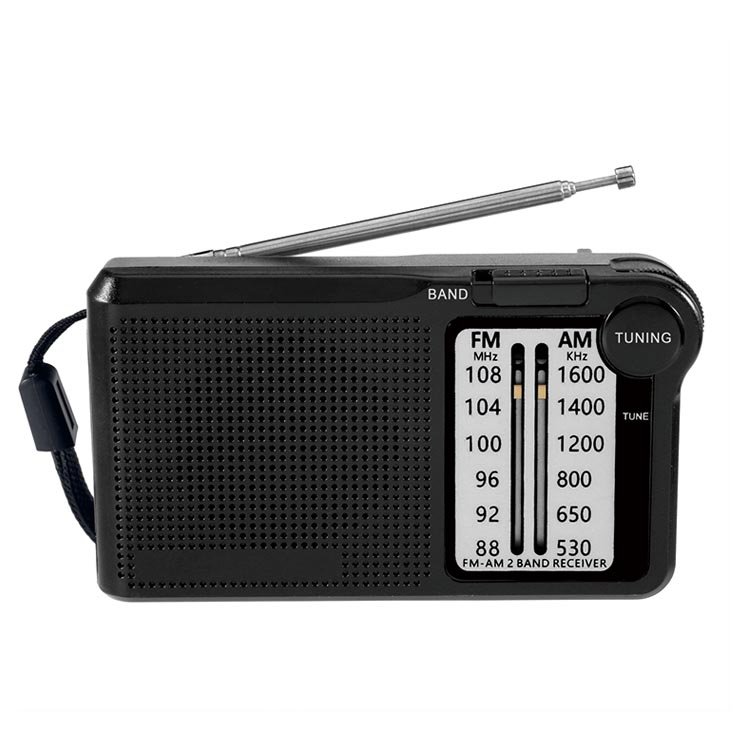
When emergencies strike, preparedness can make the difference between panic and confidence. Educating your family on disaster readiness helps ensure everyone’s safety while fostering a collaborative approach to handling emergencies. From creating emergency plans to building safety kits, this guide offers practical steps to prepare your household for unforeseen events.
Why Family Disaster Readiness is Essential
Disasters, whether natural or man-made, can disrupt daily routines in an instant, leaving families vulnerable. Preparing together not only minimizes risks but also equips everyone with the knowledge and tools needed to respond effectively. When every family member knows their role, emergencies become less overwhelming and more manageable.
Creating a Family Emergency Plan
A well-thought-out plan is the foundation of disaster readiness. It ensures that every member knows exactly what to do in the face of a crisis.
Designate Roles and Responsibilities
Assign responsibilities to each family member based on their abilities. For instance, older children can help younger siblings, while adults manage communication and logistics. Having defined roles reduces confusion and ensures that everyone contributes to staying safe.
Establish Communication Protocols
Emergencies can disrupt traditional communication channels. Agree on a communication strategy, such as using text messages or a designated app, and identify an out-of-town contact who can relay messages if local networks are tied up.
Choose Meeting Points
Identify two meeting points for your family, one near your home for immediate evacuations, such as a house fire, and another outside your neighborhood for larger-scale emergencies. Make sure these locations are safe and accessible for everyone.
Practice Escape Routes
Familiarize your household with primary and backup routes for leaving the home quickly. Practice these escape routes regularly to make them second nature. This is especially crucial for young children who may need extra guidance in an emergency.
Building an Emergency Kit
An emergency kit is a vital resource that provides the essentials your family may need to survive for several days. It should be tailored to your household’s specific needs.
Essentials for the Kit
- Food and Water: Include at least a three-day supply of non-perishable food and water (one gallon per person per day).
- Medical Supplies: Add prescription medications, a detailed first-aid kit, and any necessary medical devices.
- Important Documents: Store copies of IDs, insurance, and emergency contacts in a waterproof folder.
- Communication Tools: Pack a battery-powered radio, extra phone chargers, and spare batteries.
- Personal Items: Include hygiene products, changes of clothes, and comfort items such as small toys for children.
Regularly update your kit, replacing expired items and ensuring it reflects your family’s current needs.
Practicing Drills Together
Knowledge becomes second nature when regularly practiced. Disaster drills highlight strengths and gaps in preparedness, giving your family the tools to react instinctively during a real emergency.
Make Drills Realistic
Simulate various scenarios your household may face, such as fire, earthquake, or flood drills. Incorporate the steps outlined in your emergency plan, including communication protocols, escape routes, and meeting points.
Review and Adjust
After each drill, gather your family and discuss what went well and what could improve. This feedback loop ensures your emergency response becomes more effective over time.
Engage Everyone
Disaster readiness is a team effort. Encourage active participation from all family members, even young children. Assign age-appropriate tasks so everyone feels included and prepared.
Fire Safety and Prevention
Fire is one of the most common household hazards, and preparation is key to keeping your family safe.
Smoke Detectors Save Lives
Ensure that smoke detectors are installed in every bedroom, hallway, and common area in your home. Test them monthly and replace batteries at least once a year. If you use interconnected smoke alarms, they can notify the entire house if one is triggered.
Fire Extinguishers Are a Must
Every household should have properly maintained fire extinguishers in key areas like the kitchen and garage. Adding functional yet aesthetically pleasing fire extinguisher decorative covers ensures they blend into your home’s design while staying easily accessible when needed. Remember to familiarize your family with the PASS technique: Pull, Aim, Squeeze, Sweep.
Clear Fire Escape Paths
Every exit in your home, including doors and windows, should be free from obstructions. Regularly check that pathways remain clear to enable swift evacuations.
Educating Your Family About Local Hazards
Disaster risks vary depending on your location, so it’s crucial to understand the hazards specific to your area. This knowledge allows you to refine your family’s emergency strategy.
Weather and Natural Disasters
Identify which natural disasters, such as tornadoes, hurricanes, or earthquakes, are most likely. Equip your home with safety measures like storm shutters or structural reinforcements, and keep an eye on weather forecasts during certain seasons.
Community Resources
Learn about local emergency services, shelters, and evacuation routes. Share this information with your family and include it in your emergency plan for quick reference.
Schools and Workplaces
If your children attend school or you work outside the home, understand the emergency protocols of these locations. Coordinate plans to reunite with your family after a disaster.
Taking Action Today
Disaster readiness isn’t an occasional activity; it’s a continuous commitment to safety. Begin by assessing your family’s current preparedness level. Do you have an emergency plan? Is your disaster kit comprehensive and up to date? Are drills a regular habit? By answering these questions and addressing any gaps, you take critical steps toward protecting your loved ones.
The key to successful disaster preparedness lies in teamwork and education. When your family works together toward readiness, everyone benefits. Start preparing today, because being proactive now means being resilient later.

